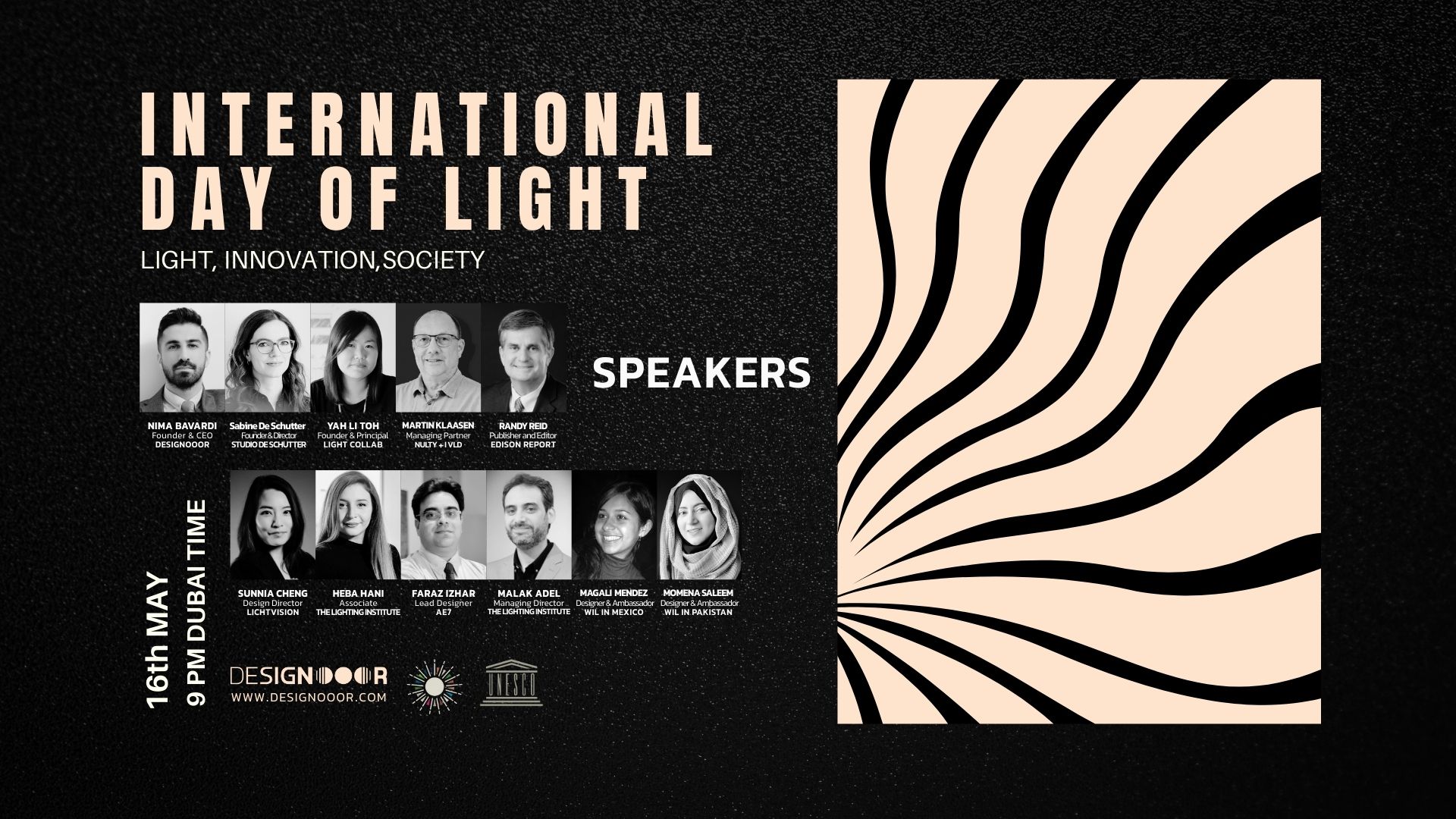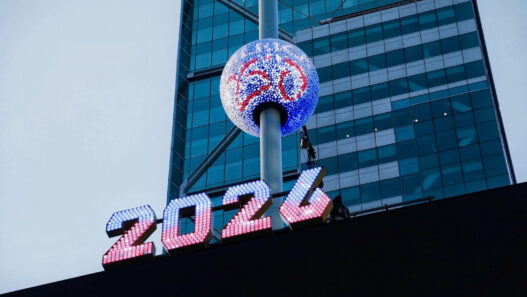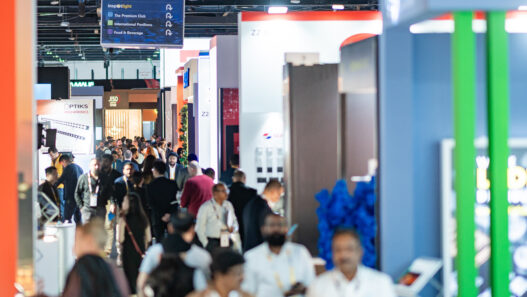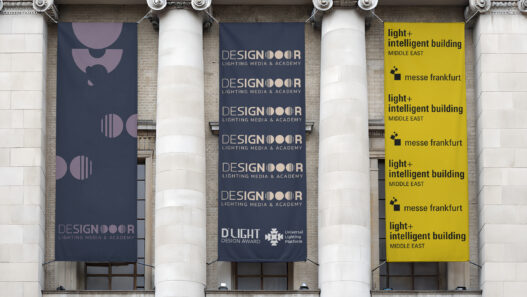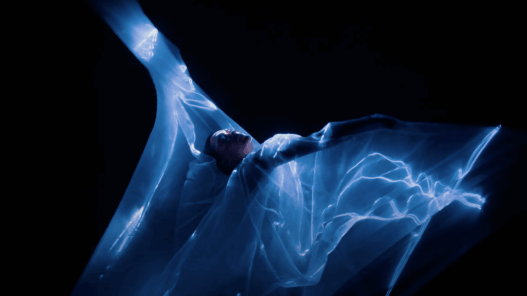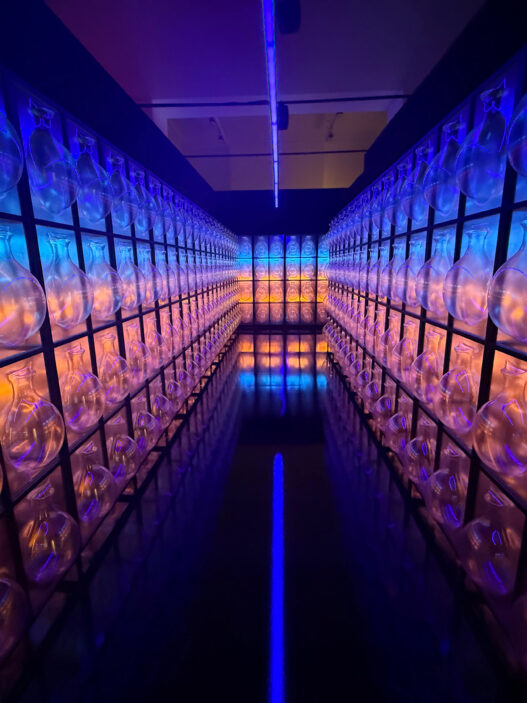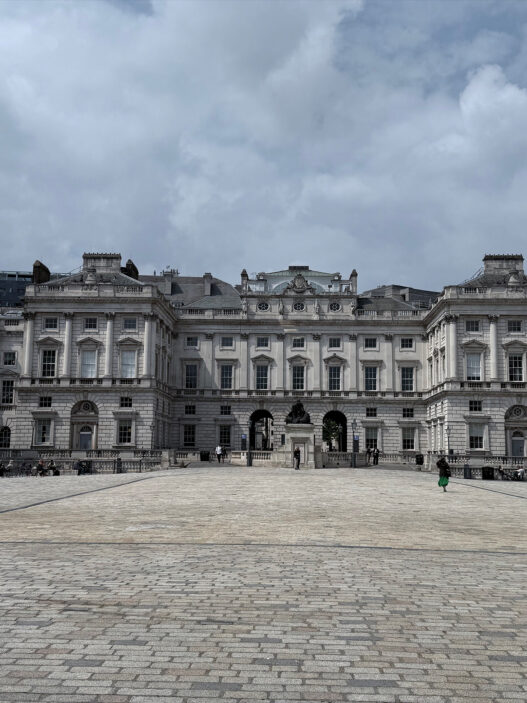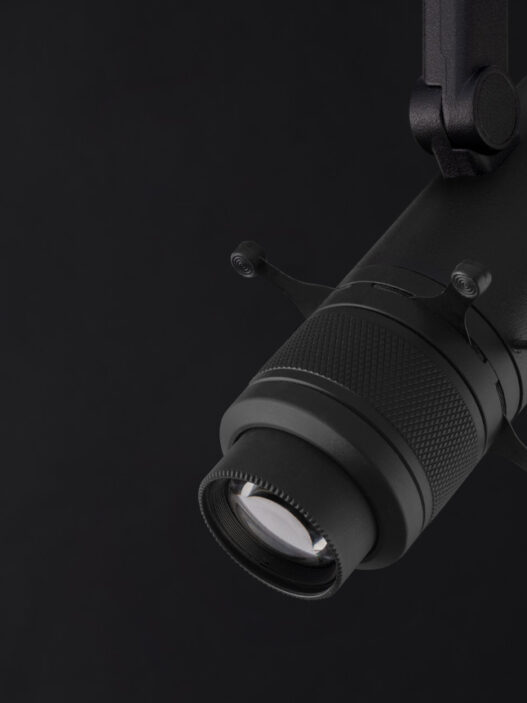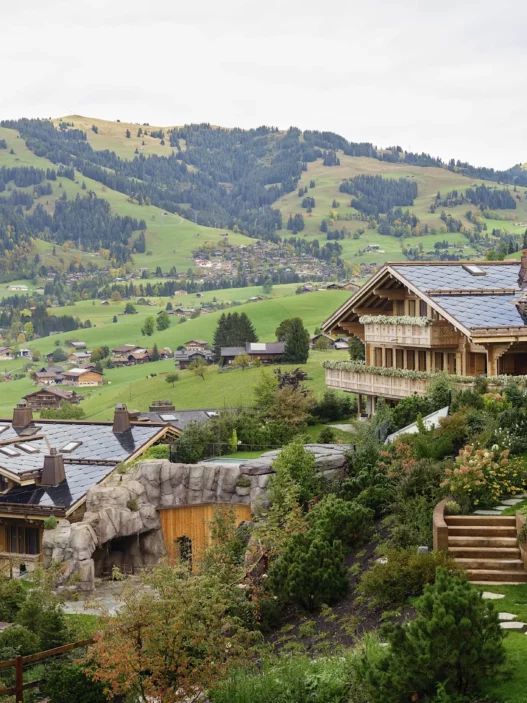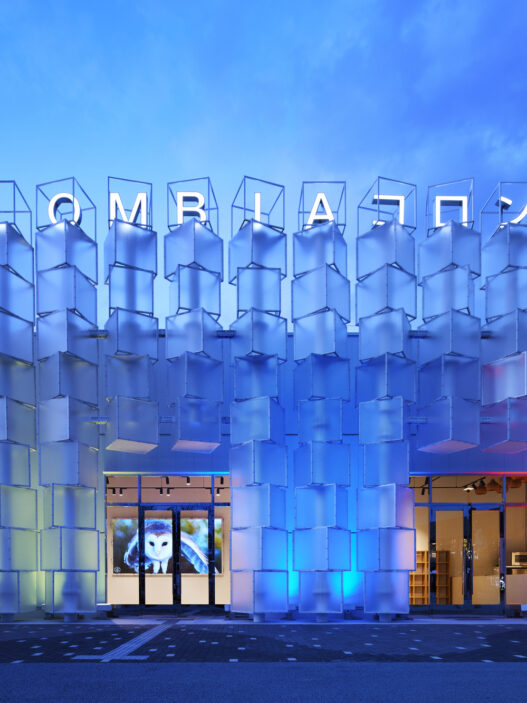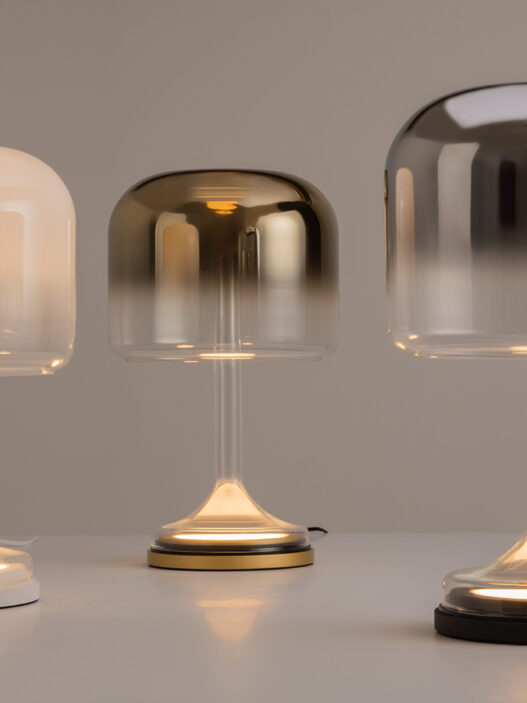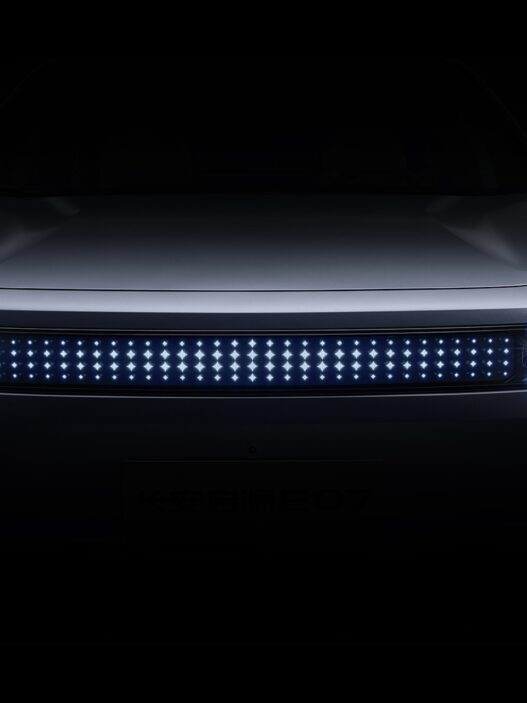Reactive Bioluminescent Algae
In a groundbreaking convergence of biodesign and illumination, the opening look of Iris van Herpen’s Autumn/Winter 2025–2026 couture show in Paris turned heads not merely for its futuristic silhouette, but for its light source. Worn by model Stella Maxwell and crafted in collaboration with biodesigner Christopher Bellamy of Bio Crafted, the gown contained over 125 million living bioluminescent algae, Pyrocystis lunula, cultivated specifically for their ability to emit light when touched.
For the lighting design community, this is more than haute couture spectacle, it’s a signal flare. The gown glowed not from embedded LEDs or fiber optics, but from a living photonic response. This marks a subtle yet profound shift in how we understand and harness light in design: as an emergent property of biology, not just electricity.
The algae used, Pyrocystis lunula, are marine microorganisms that naturally emit blue-green light in response to mechanical stimulation. In the darkness of the backstage prep area, ultra-dim red light allowed stylists to dress Maxwell while maintaining the illusion of night. As their hands moved across the fabric, each touch activated a soft, ethereal glow, a biological light show occurring in real time.
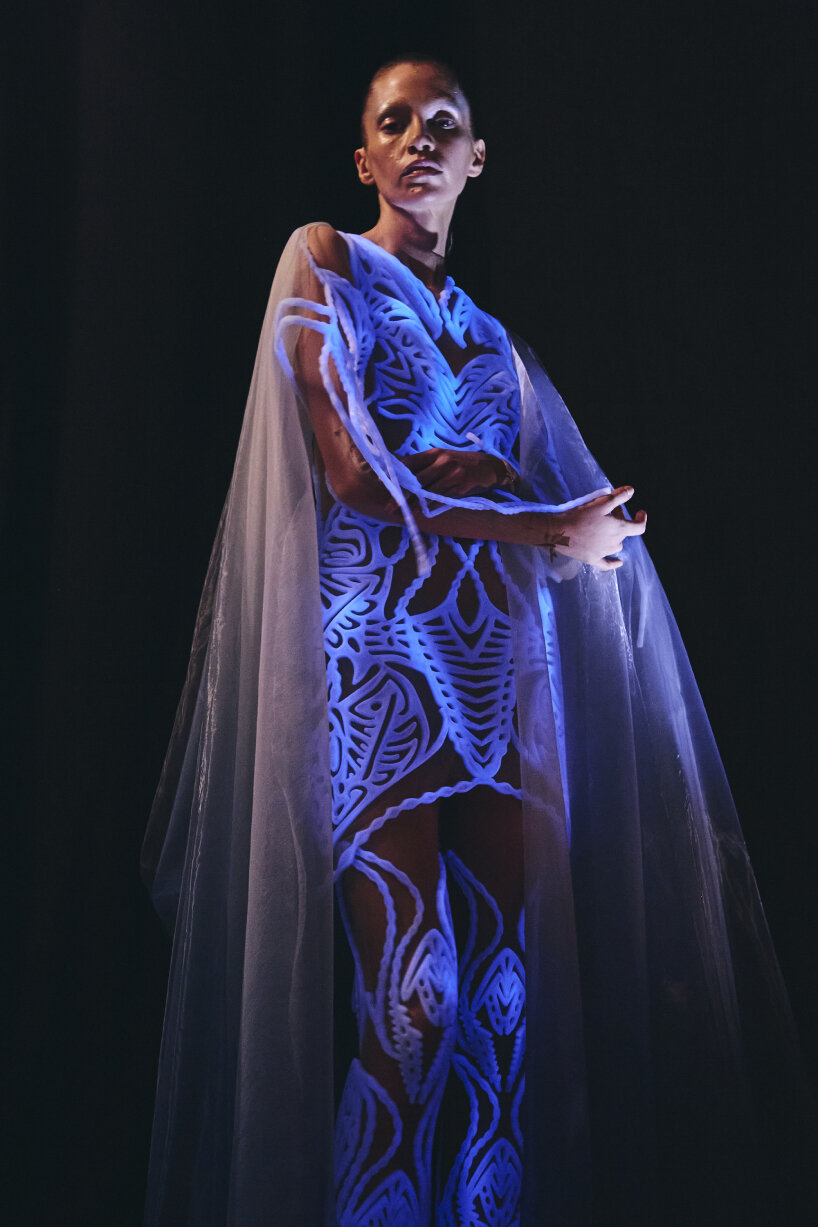
On the runway, the effect was nothing short of hypnotic. The garment became the source of its own illumination, reacting dynamically to movement and presence. For those of us in the lighting industry, it offered a glimpse into a future where wearables, environments, or architectural elements might not just contain light, they might become light.
Christopher Bellamy, a former engineer and founder of Bio Crafted, has spent recent years pioneering “living systems” for use in sustainable design. His background in electric vehicle development and recyclable product engineering left him disillusioned with materials that, while branded sustainable, still relied on flawed end-user behavior. That frustration led him into bioprospecting, the search for unknown organisms with untapped capabilities, and ultimately to what he calls “biological dark matter”: the vast, mostly uncharted territory of life forms with unique, possibly revolutionary properties.
In this collaboration with van Herpen, Bellamy’s vision becomes literal. Light, once the domain of circuitry and LEDs, is now a reactive biological partner. It pulses with the designer’s gestures, the model’s stride, the audience’s awe.
The set itself, designed by artist Nick Verstand, integrated sculptural light forms, but the gown remained the focal luminaire. Its interaction with the darkened environment echoed motifs familiar to lighting professionals: contrast, kinetics, ambient glow, temporal dynamism. Yet the source was radical, not programmed code or calibrated gels, but nature’s own photonic algorithm.
For lighting designers and technologists, this moment is less about fashion and more about potential. What happens when bioluminescence is scaled, stabilized, or synthesized for architectural applications? Could future interiors adaptively illuminate via responsive microflora? Could clothing double as emergency lighting, powered by motion alone?
While these questions remain open, the Sympoiesis show offered a powerful proof of concept. “Look 1” isn’t just a dress, it’s a prototype for a new relationship between life and light. And in a time when sustainable, regenerative, and interactive lighting solutions are no longer optional but essential, the implications run far deeper than the catwalk.
As the boundary between lighting technology and biology continues to blur, one thing becomes clear: the future of illumination may not be built, it may be grown.
Designers: Iris van Herpen, Christopher Bellamy
Light Artist: Nick Verstand
Photo Credits : Gio Staiano, Molly SJ Lowe
Video Credits : Dammes Mees Kieft, Jip Mus
